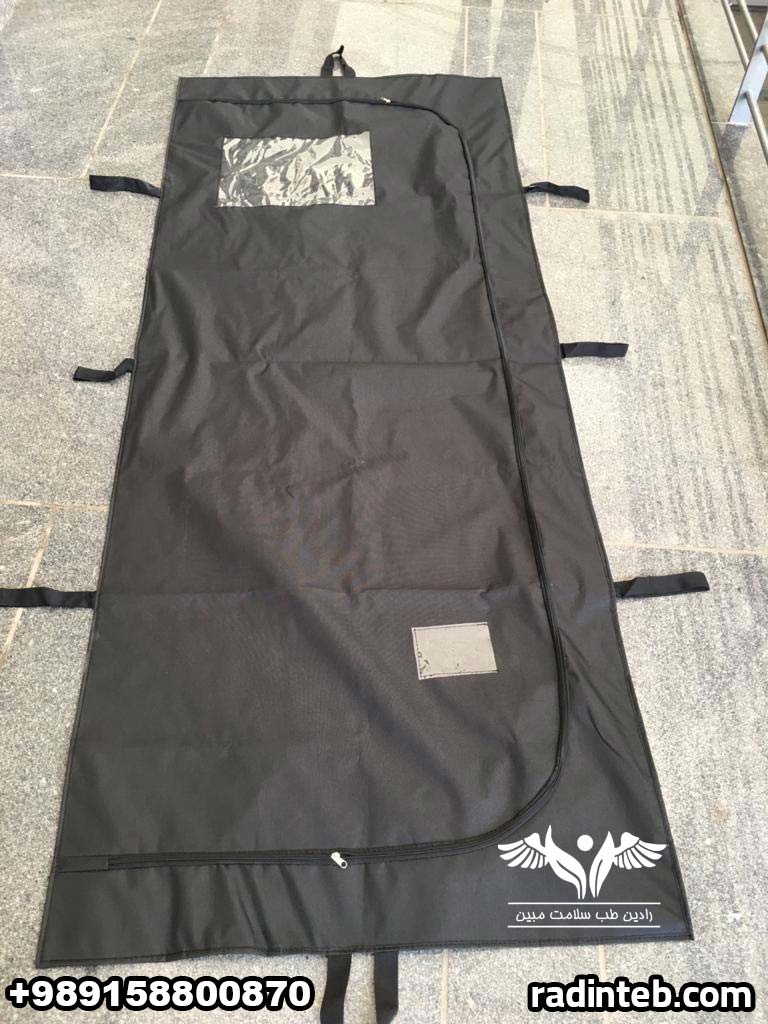
What Is a Body Bag and How Does It Differ from Other Types?
Introduction
In medical and funeral environments, proper handling and respectful transportation of deceased individuals is crucial. Among the available equipment, body bags play a significant role. But what exactly is a body bag, and how does it differ from standard ones? Let’s explore its features, usage, and advantages.
What Is a Body Bag?
The body cover is a specialized type of body bag designed for use in hospitals, morgues, and funeral services. It is made from durable, waterproof, and leak-proof materials. Its primary purpose is to safely enclose and transport the body, while also ensuring hygiene and dignity.
These bags typically come in full-body zippered designs and include reinforced handles to allow secure and easy transportation by medical staff or funeral personnel.
Key Features of a Body Bag
Unlike ordinary covers, the body bag version offers:
- Thick, tear-resistant material for long-lasting use
- Waterproof and leak-proof lining to prevent fluid leakage
- Heavy-duty zippers with full closure
- Integrated handles for safe, respectful transfer
- Opaque color to ensure visual discretion
- Multiple sizes to suit different body types
How Does It Differ from Standard Body Bags?
While standard body bags are often basic and used for temporary purposes, the body bag is intended for professional, high-standard handling. It meets advanced hygiene protocols and is commonly used in government hospitals, major cemeteries, and during national-level crisis management (e.g., pandemics or mass casualties).
Moreover, body covers are typically non-reusable and packaged individually for sanitary reasons.
Why Choosing a Quality Body Bag Matters
Selecting a high-quality body bag is not only about practicality but also about respect and dignity for the deceased. A poorly made or non-sealed cover may leak or tear, causing discomfort to staff and distress to loved ones. In contrast, a body bag ensures:
- Maximum hygiene
- Quick and secure body handling
- Compliance with health regulations
- Professional appearance during funerals or hospital discharge

Proper Storage and Handling of the body Cover
To maintain the quality and hygiene of the body cover until use, it is essential to follow proper storage and handling practices. These body covers should be stored in a dry, cool area away from direct sunlight. Moreover, the storage environment must remain free of biological contaminants, dust, insects, and any potential pollutants.
Each cover should ideally remain sealed in individual polyethylene or sterile packaging to prevent exposure to external contaminants. Additionally, it is crucial to monitor the production and expiry dates, especially in medical and funeral facilities where organization and sanitation are top priorities.
By following these guidelines, organizations can ensure the body cover remains intact, clean, and ready for use during sensitive procedures.
Radin Teb’s Commitment to Quality
Radin Teb, a trusted manufacturer of medical and hospital supplies in Iran, offers top-grade body bags that meet both national and international quality standards. These bags are:
- Produced in sterile environments
- Packaged individually
- Available in various sizes and specifications
- Offered at competitive prices for hospitals, cemeteries, and health centers
If you seek high-durability, safe, and respectfully designed body bags, Radin Teb is your go-to provider.
Frequently Asked Questions (FAQ)
Are body bags reusable?
No. These bags are designed for single use only and should be disposed of after use to prevent contamination.
Can these bags handle heavy bodies?
Yes. The material and reinforced handles support a high weight capacity, suitable for adult bodies of various sizes.
What sizes are available?
Radin Teb offers small, medium, and large body bags, with optional customization based on client needs.
Do hospitals use body covers instead of standard ones?
Many reputable hospitals and medical centers prefer body-type bags due to their reliability, strength, and compliance with official health standards.

